Okinawa Off the Beaten Track: An Electric Taxi Adventure in Motobu
The Town of Motobu
If you're somewhat acquainted with Okinawa, the name Motobu most likely conjures up images of the Ocean Expo Park and the nearby upscale hotels. Located on the western edge of the Motobu peninsula, the park was constructed to commemorate the 1975 Okinawa International Exhibition and is home to a renowned aquarium, an ocean culture museum, and botanical parks with world-class greenhouses. Without doubt, it is one of the must-see attractions on the island.
But there is more to Motobu than just being a hub of modern attractions, as it also holds great historical significance and hosts an array of cultural gems reflecting Okinawa's rich past. Highlights range from shell mounds providing evidence of early human settlement to 12th-century Gusuku (castle) ruins and vestiges of the Ryukyu Kingdom, the 450-year period when Okinawa was an independent country prior to becoming a Japanese prefecture.
Located in the northwestern part of the main island, Motobu’s small geographic area strikes a perfect balance between lush mountainous nature, easy access to the island’s famed coastal attractions, and modern tourist and port infrastructure. While having the facilities and options expected from a prominent city on the island, there is a deeper story to be found here, one of Motobu as a window into Okinawan’s traditional way of life that helps us better understand its present. While it is a story that goes undiscovered by many visitors, it is this rare opportunity to reflect on the past while experiencing the present that makes it one of my favorite places on the island.
Concept of the electric taxi tour
It is precisely this idea of exploring off the beaten track and discovering the lesser-known side of the area that the Motobu Story Quest service was created. The idea is simple — book a private electric taxi from your hotel, the airport, or any location of your choice, for a day trip to Motobu. With the help of a dedicated smartphone and tablet app, you can either follow pre-programmed itineraries or make detours to the various points of interest during your journey.. The service, available in English, Japanese, Traditional and Simplified Chinese, and Korean, offers three default courses: the Ocean Story; the Culture Story; and the Season Story, which includes the Cherry Blossom Festival — the one I chose.
The journey to Motobu (Getting to know the destination)
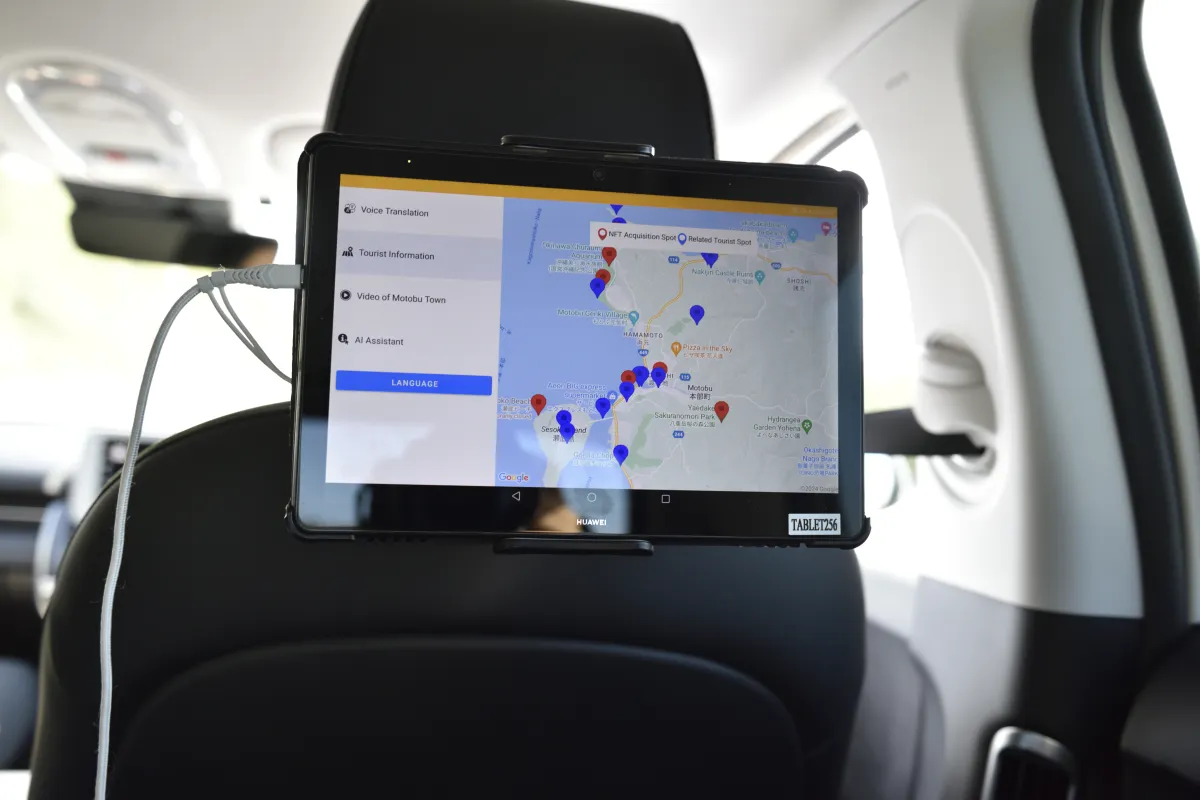
Arriving early at the meeting point, I find the electric taxi already waiting. As someone who frequently opts for EVs, I was pleasantly surprised by the high-end quality of the vehicle. Already keenly interested in the content of the tour to Motobu, now there is the additional excitement of traveling both eco-friendly and in first class. The interior boasts luxurious, yet understated, seats in a serene space. After a short introduction, Shumpei, my driver and companion for the day, guides me through the specifics of the tour.
The vehicle, a Korean brand, is equipped with USB connections, an electrical outlet, portable Wi-Fi, and a detachable tablet preloaded with an app displaying planned stops on the journey and other points of interest. The app also comes with an integrated voice translation and AI information voice search service.
One hour into our journey, I had read all about the day’s destinations as we approached our first stop — the Motobu Yaedake Cherry Blossom Festival.
Motobu Yaedake Cherry Blossom Festival
As we ascend Mount Yaedake, the atmosphere undergoes a magical transformation. The winding road taking us up the steep-sided valley is now lined with cherry trees casting dappled light, creating a surreal ambiance. In the imagery of Japan, dark pink cherry blossoms signal spring and the awakening of nature after a long cold season, but here the tree ferns, vines, and giant elephant ear plants thriving in the background tell a contrasting tale of an evergreen subtropical island forest on a mild January morning.
Arriving at the Yaedake Sakuranomori Park, I come across the serene setting of food stands and lantern garlands laid out for the ongoing festival. This moment, right before the festival's noise and bustle begins, allows me a window of serenity to savor nature's spectacle. Entranced I watch the white-eyed birds graciously harvesting nectar, take in the buzzing of bees, and inhale the complex aroma of the damp undergrowth. Strolling back along the park’s short nature trail, I realize how this taxi service, by simply bringing me here at this unusual time, created a different experience of the Yaedake’s nature, heightening my expectations for the rest of the trip.
The Traditional Market of Motobu
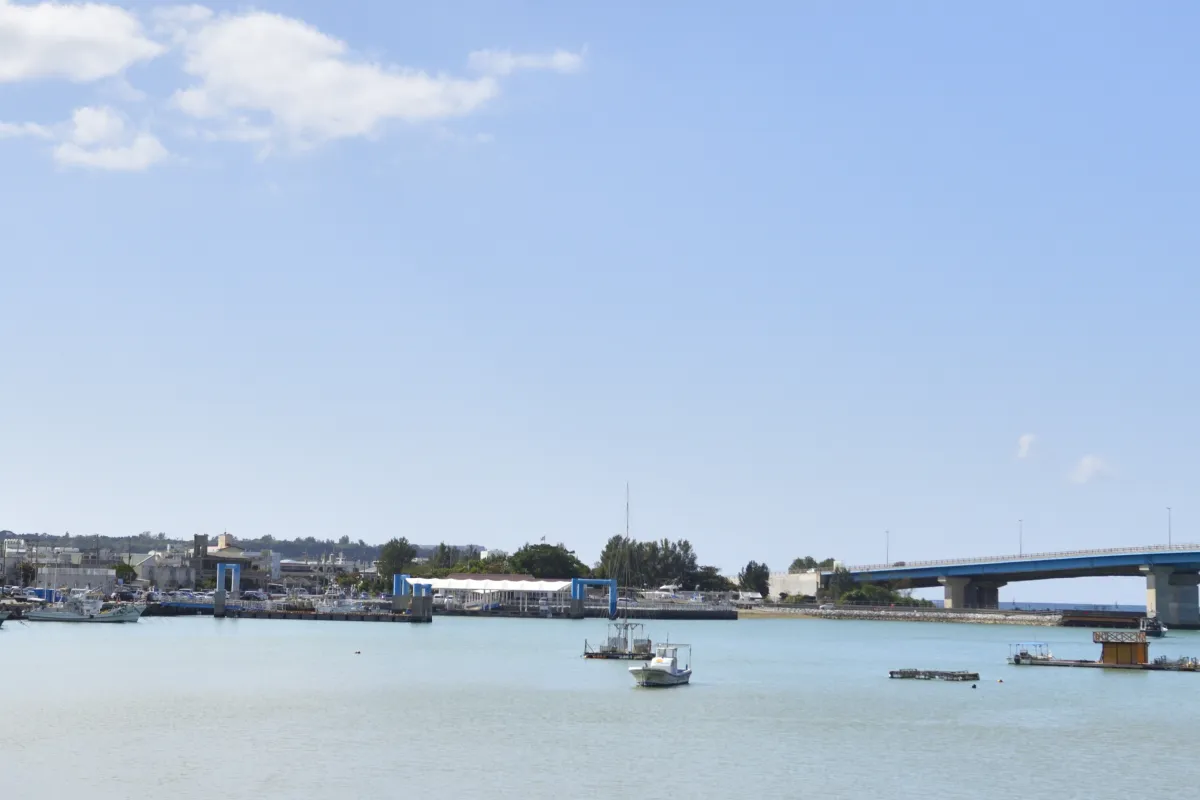
The taxi glides across a sweeping bridge overlooking an estuary that cuts into the land between two verdant mountains. The view is captivating on both sides — Toguchi Bay to the west with its meandering sand and coral reefs nestled within the azure sea, and a tranquil picture-perfect fishing hamlet to the east. Making our way through narrow village alleys, we reach the traditional market, located just a stone's throw from the sea.
As I venture into the market's passageways, I'm captivated by the mix of small fishmongers, butchers, and local vegetable stalls run by village elders, alongside more recent additions such as a glass art gallery, and a handcrafts and coffee roastery where young people gather. Each step reveals a glimpse of both the market's past as a buoyant bonito fishing port and a peek into its evolving future.
Lunch – Pizza in the Sky
Continuing our journey along winding roads we reach a nearby residential district overlooking the bay. After passing numerous large houses with vast gardens, we finally come to our next destination, a traditional Okinawan wooden home with red-tiled roof and a shaded garden.
The well-hidden restaurant recommended by my kind aide is a rising star on the island’s gastronomy scene called "Pizza in the Sky." While I had assumed I would be having the local specialty of Okinawa Soba for lunch, I was delighted to find this unexpected culinary treat of wholesome homemade pizza.
Seated on the engawa, the wooden deck running around Japanese traditional houses, I enjoy my meal with a view of a serene garden, backdropped with the stunning sea and surrounding islands. The mix of Western food in a traditional setting perfectly encapsulates the essence of Motobu. Savoring my coffee served in an Okinawan earthenware cup, I take a last glance at the panorama and am able to make out both Sesoko island and the Bise district, our itinerary for the afternoon.
The Fukugi tree road in Bise
Heading to the western limit of Motobu peninsula on a road flanked by pandanus and cycas we pass by Ocean Expo Park, soon after the taxi deviates towards the coastline to enter the old village of Bise. It's quite surreal to find yourself just a stone's throw away from one of Okinawa's top tourist attractions, yet surrounded by peaceful and breezy tree-lined pathways. The ambiance becomes cozy, allowing me to observe residents in their unassuming homes going about their daily routines.
Beyond the serenity offered by the location, I was able to draw upon insights from the app explaining that Bise is a rare spot where you can truly appreciate the traditional harmony of villager’s coexisting with nature. The iconic rows of "fukugi (garcinia)" trees not only shield homes from periodic fierce coastal winds and typhoons, but also cast refreshing shade in the summer, provide privacy for villagers, and even act as a barrier against the spread of fires. Taking a stroll in this area feels like stepping back in time, offering a glimpse into a bygone era.
The Sesoko Island
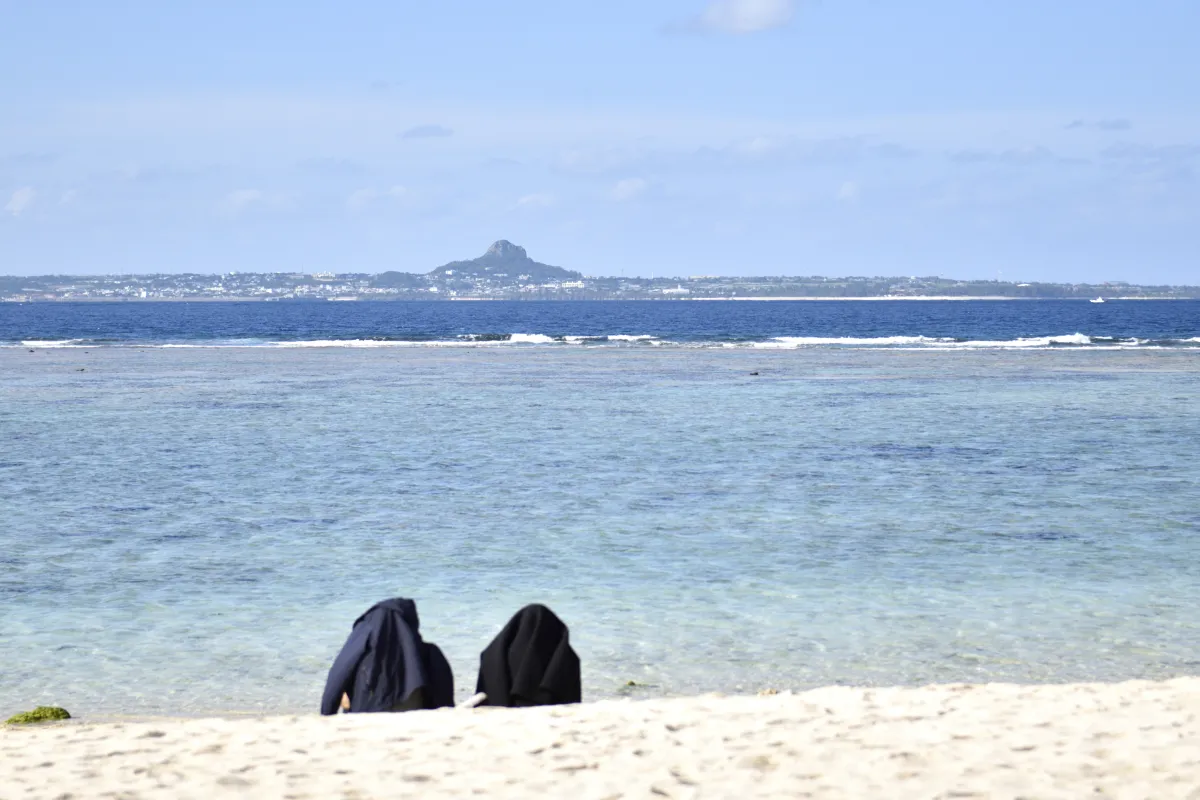
Sesoko Island, our final chapter in the Season Story, is a tiny island paradise spanning barely 3 km² (the size of New York’s Central Park). Connected to the main island only in 1985 after completion the Sesoko Ohashi Bridge, this haven was relatively untouched before the bridge's construction. Despite its proximity to the main island and the enticing reefs drawing divers year-round, Sesoko maintains an unassuming charm.
Anticipating a trendy atmosphere, I'm surprised at first by the laid-back vibe and rustic scenery. Sugar cane and chrysanthemum fields, a mix of traditional and concrete Okinawan houses, and quiet gardens are all reminiscent of some of the remote islands in the prefecture I have visited. Only few stylish coffee shops here and there along the main street of the hamlet hint at the likely presence of young tourists during the hotter season.
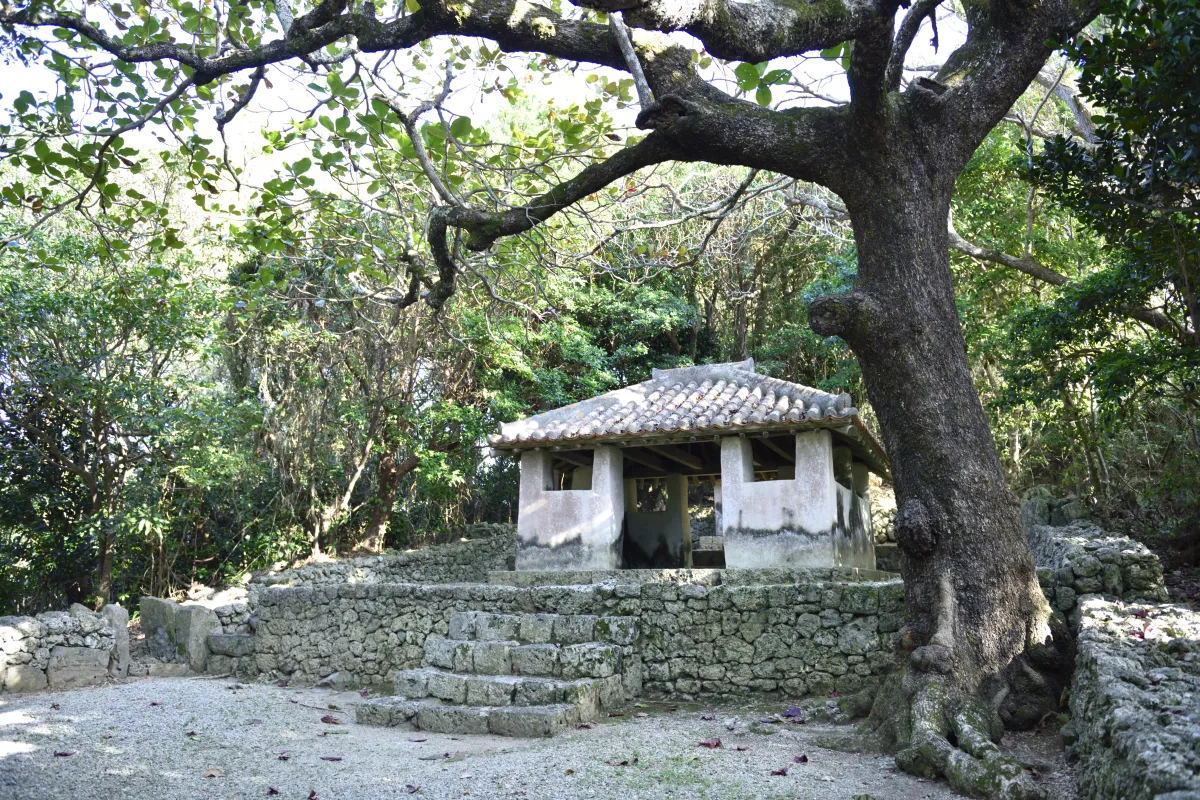
I was intrigued by this place and decided to explore one of the detours suggested by the app, a local place of prayer called the Sesoko Toteikun. Nestled amidst dense trees shielding it from view, Toteikun is situated in a peaceful grove on a limestone hilltop. Although registered as an Important Cultural Property, I learned from the app that it is not a conventional temple or shrine in the usual Japanese sense but rather a worship place rooted in Chinese tradition, associated with land protection and harvest blessings. An annual festival, tied to prayers for abundant harvests, occurs on the 2nd day of the 2nd month of the lunisolar calendar. A reminder of both the islanders' strong connection with China, and of their awareness of lunar phases dictating tides and the lifecycles of the natural world.
As the day draws to a close, I thought it would be a fitting to take a leisurely stroll on Sesoko Beach at the western tip of Motobu. The taxi takes me to the very edge of the pristine white sands, and I need a few moments to adjust my eyes to the descending sun's light dazzling on the coral sand. The varied hues of blue in the sky and the sea separating the beach from Ie-Jima provide a perfect ending to a day filled with exploration.
The NFTs
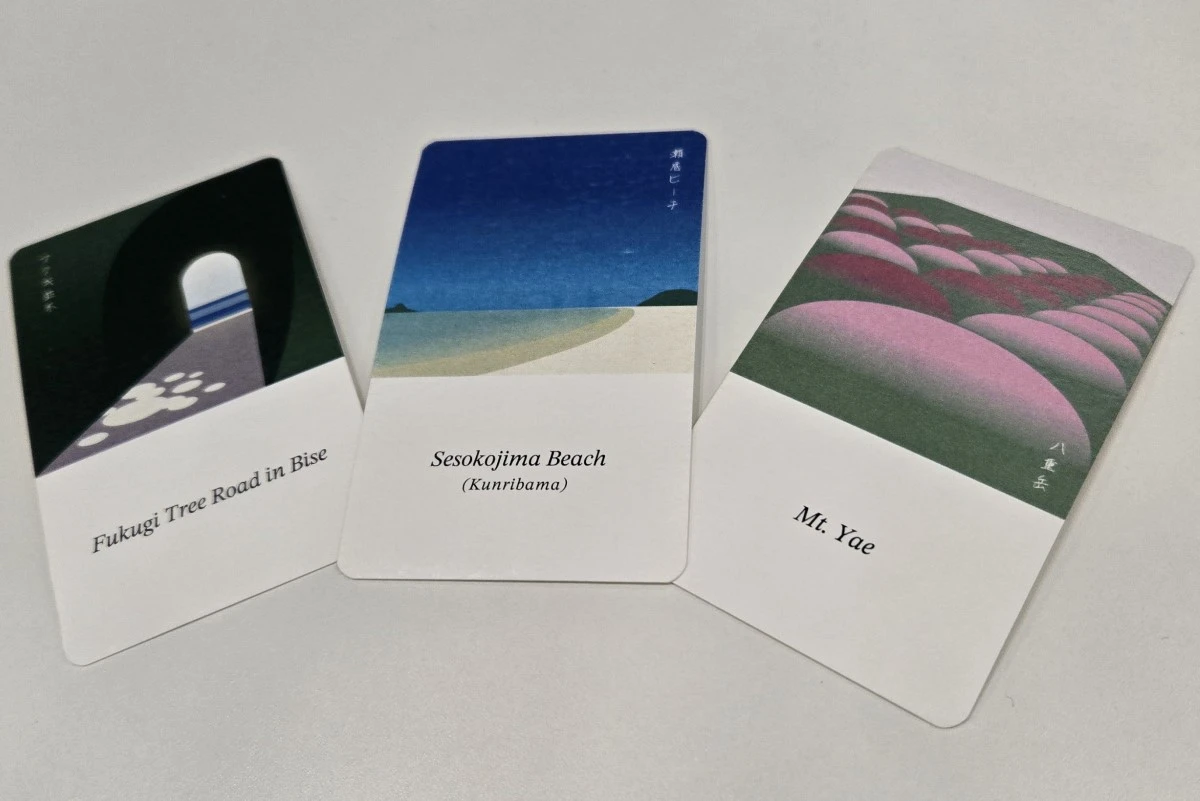
Motobu Story Quest adds a digital twist to their excursions with an extra adventure: collecting NFTs. At each milestone of your journey, the driver will provide you with a souvenir illustrated card featuring a QR code to acquire an NFT using your phone. Collecting 3 or more also unlocks a limited edition NFT as a special reward. Although not familiar with the nuts and bolts of the blockchain, I found the approach both informative and entertaining. The collected NFTs, for now, serve as digital souvenirs, yet I can well imagine the unique sense of ownership attached to them—an exclusive bonus to an already enriching experience.
Now, I'm left wondering what treats the other courses hold in store .


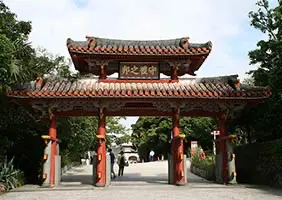
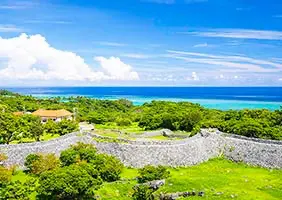
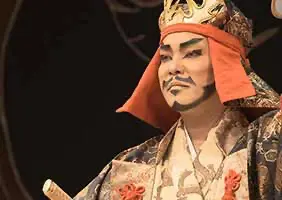




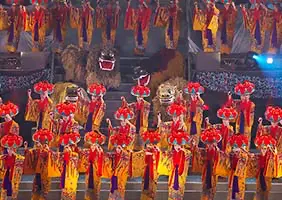
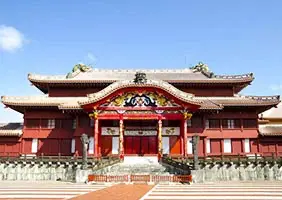


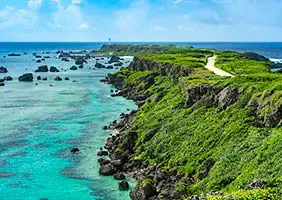

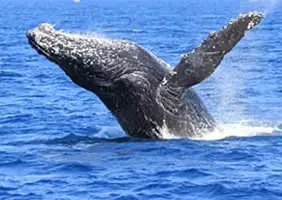
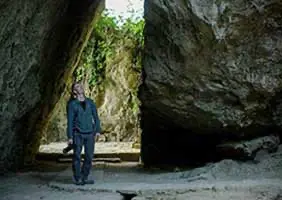
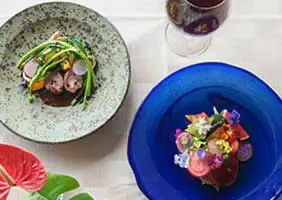
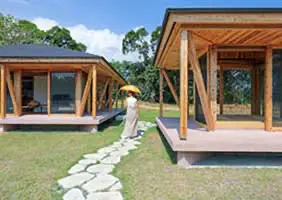




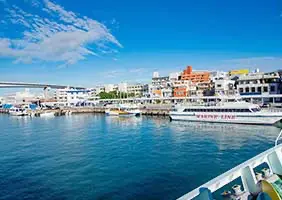





 Facebook
Facebook Twitter
Twitter Copy URL
Copy URL



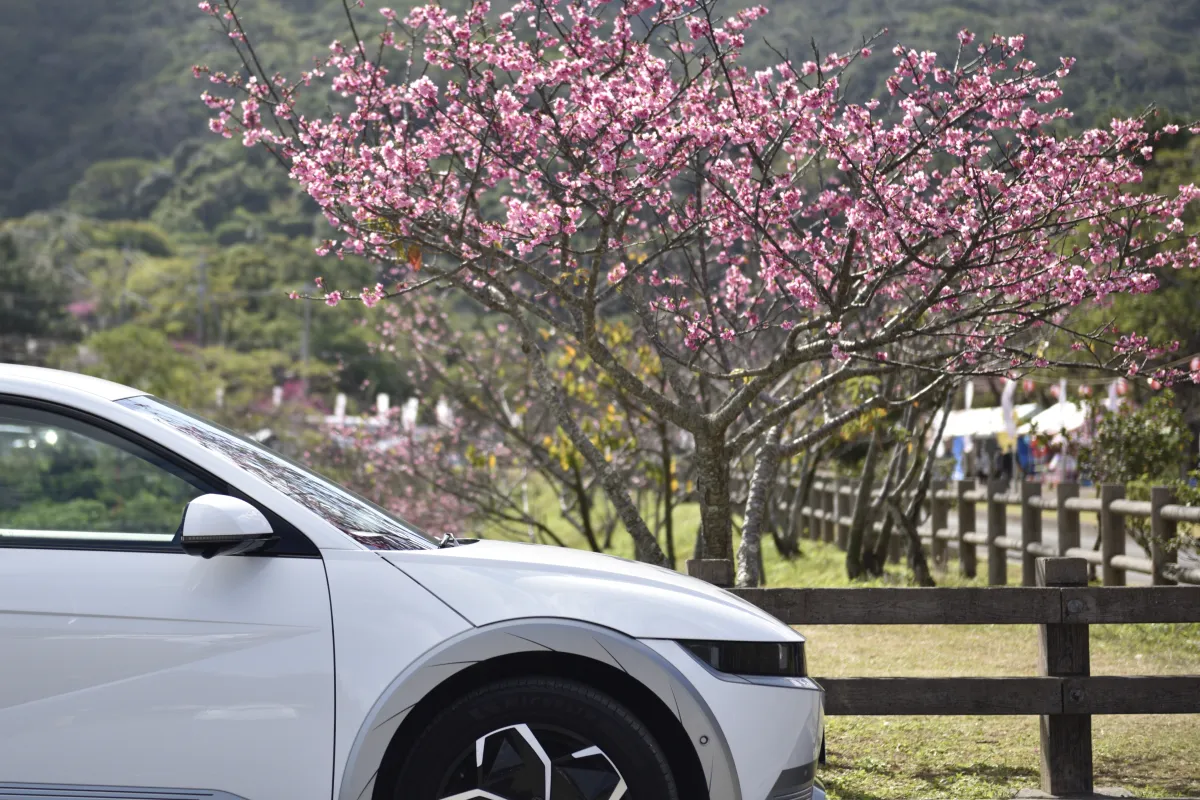
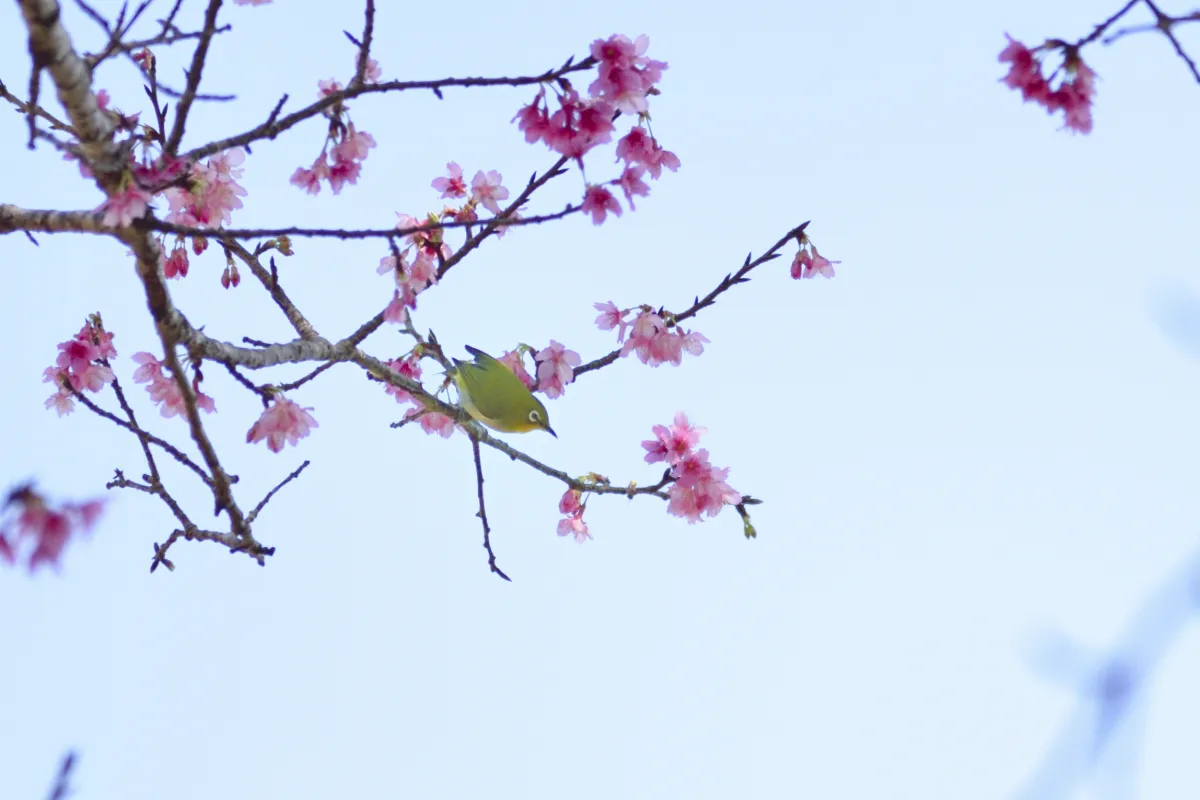
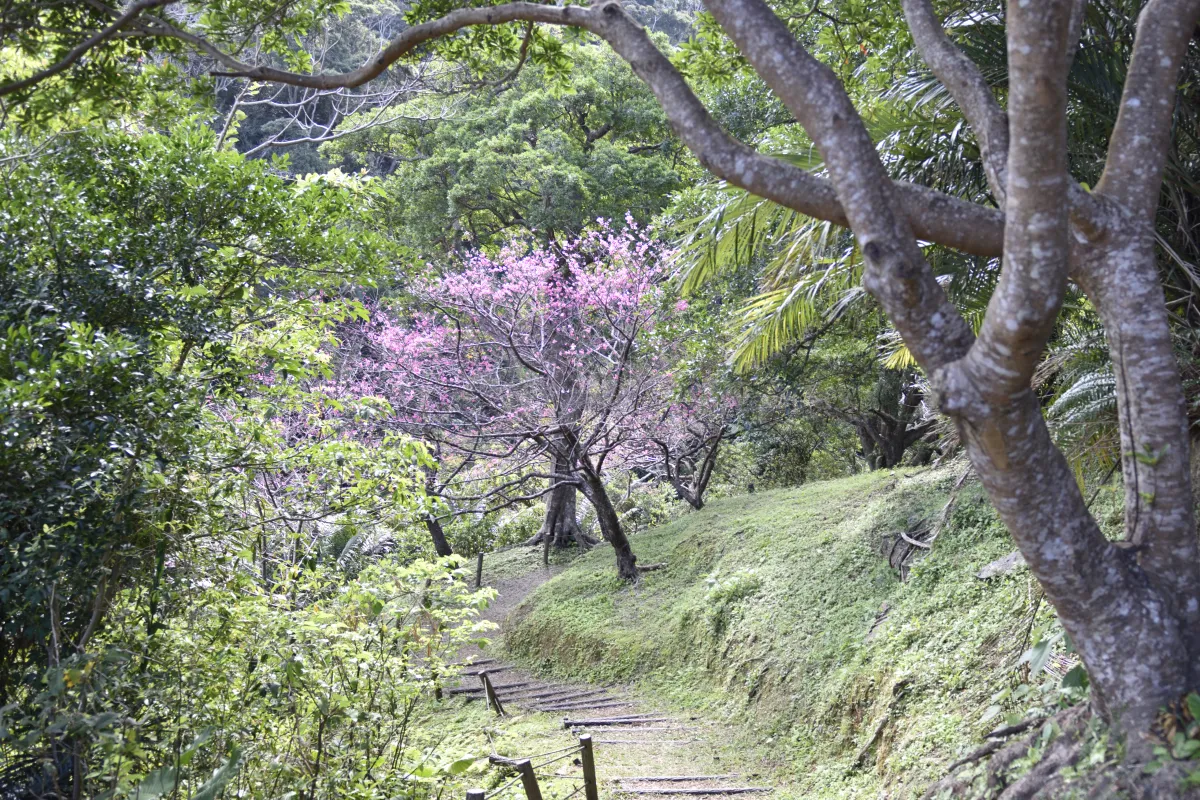

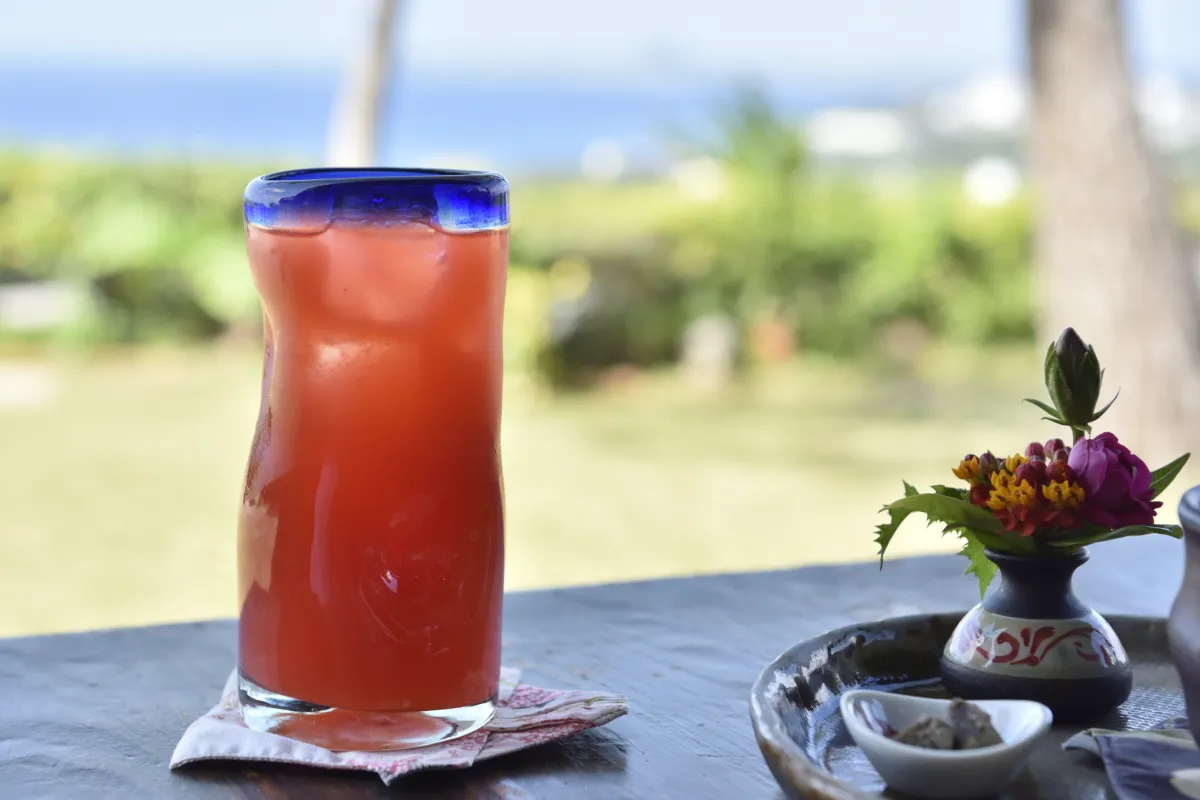
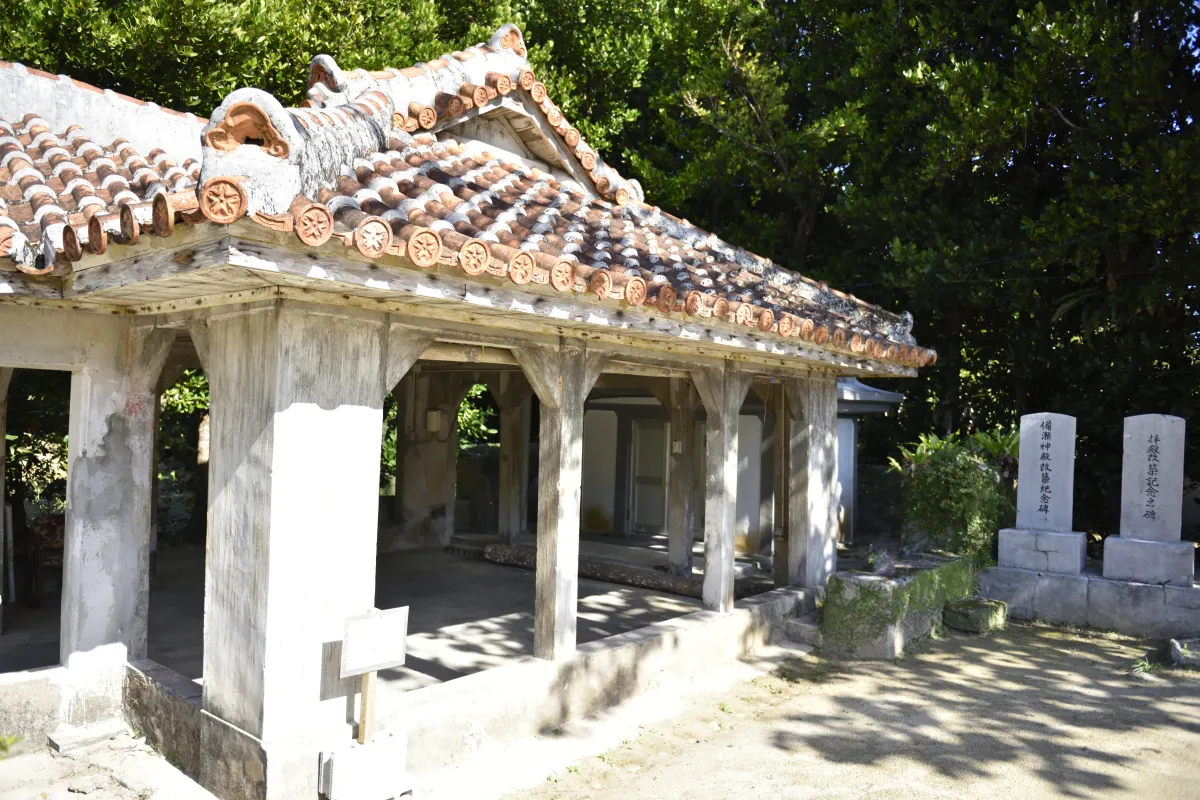
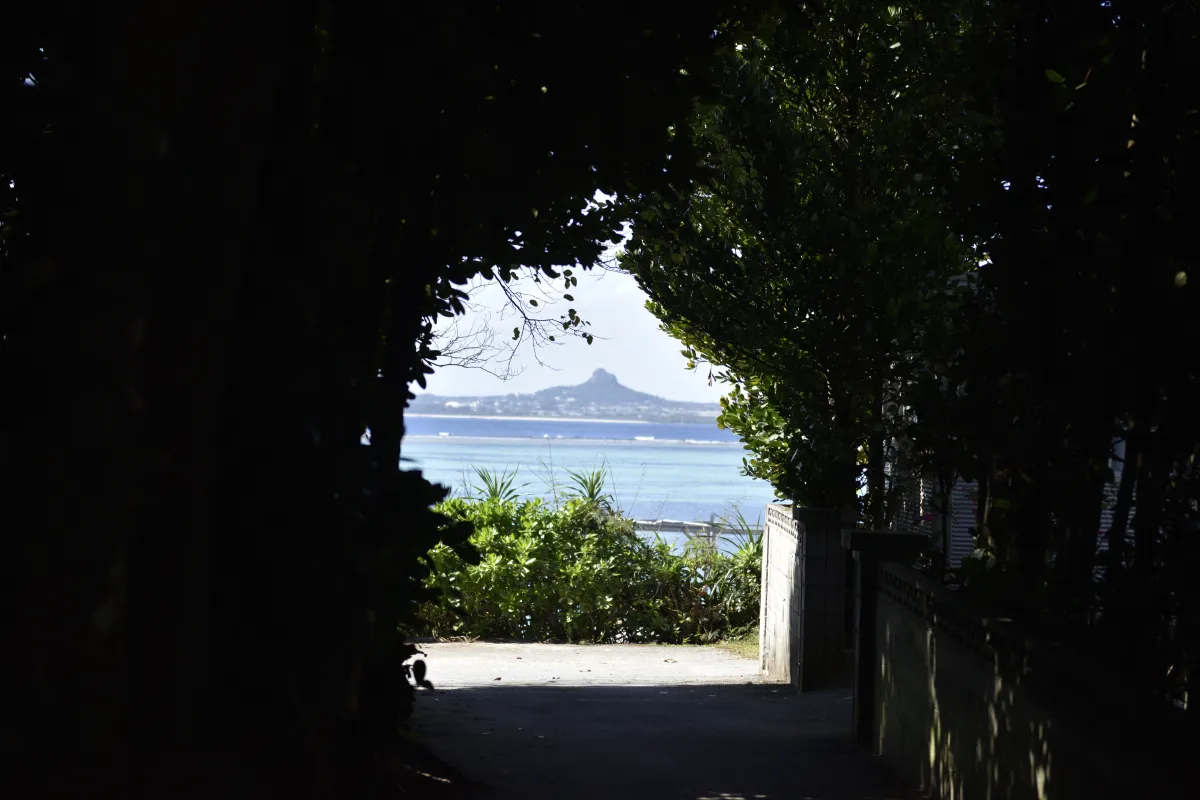
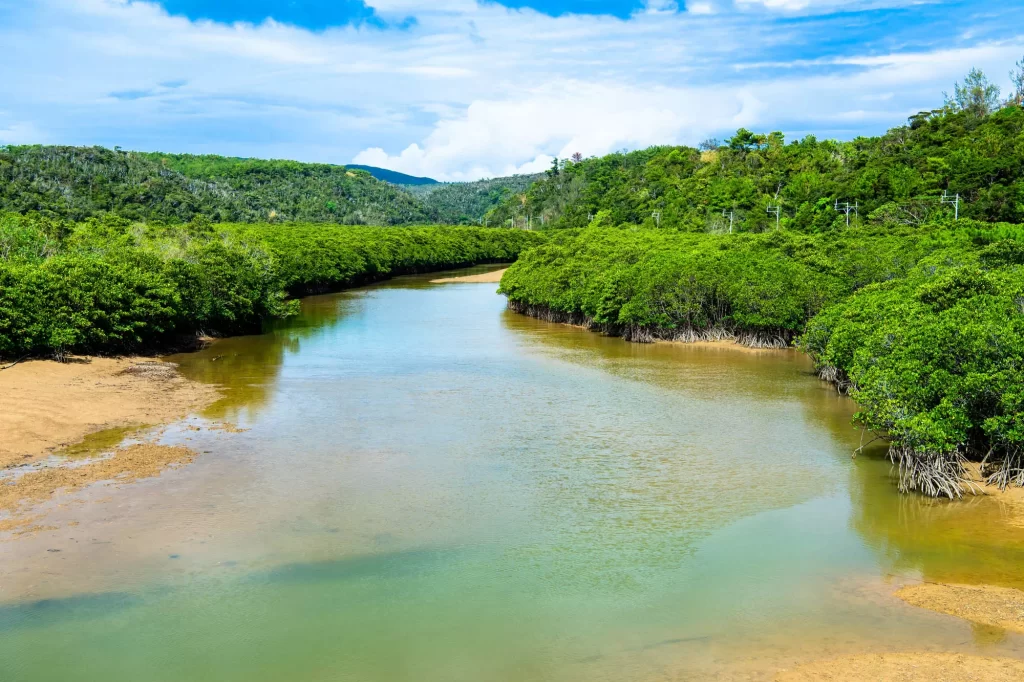
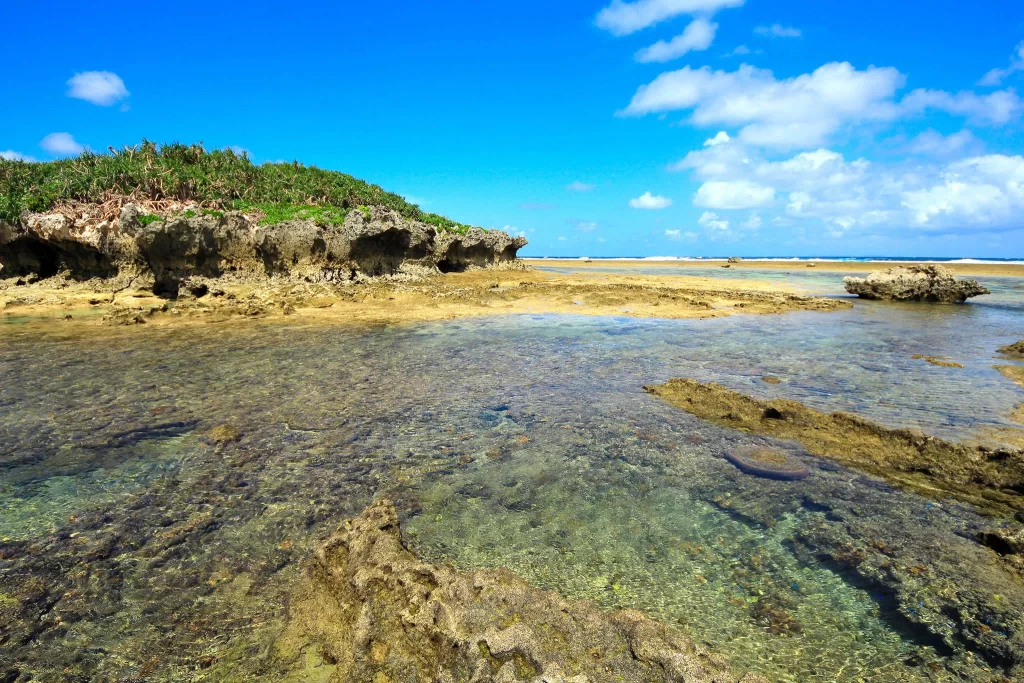

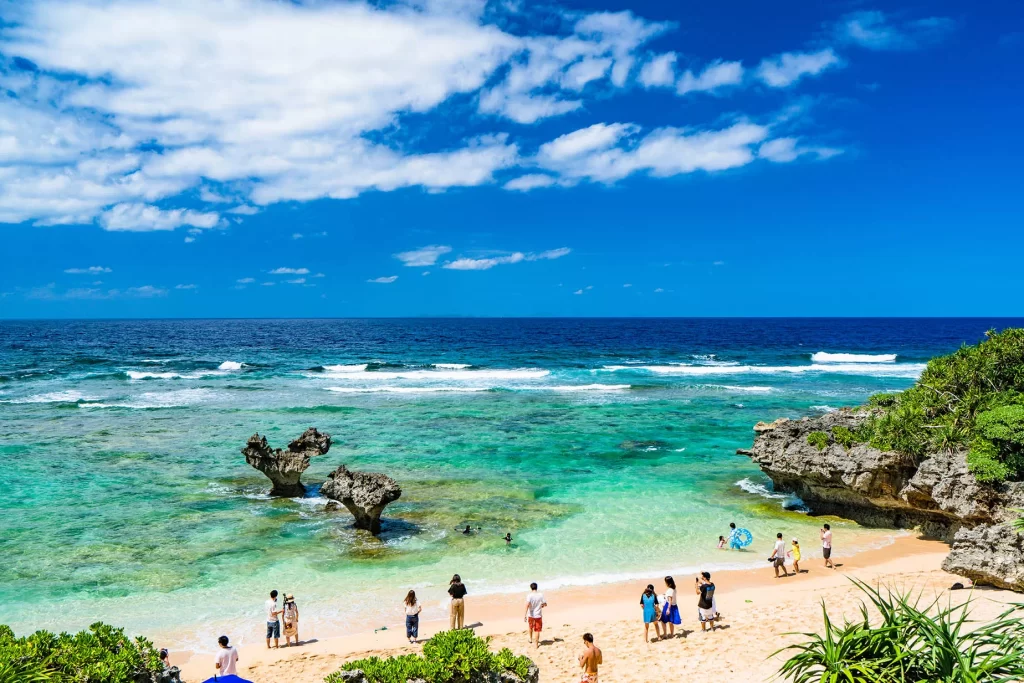
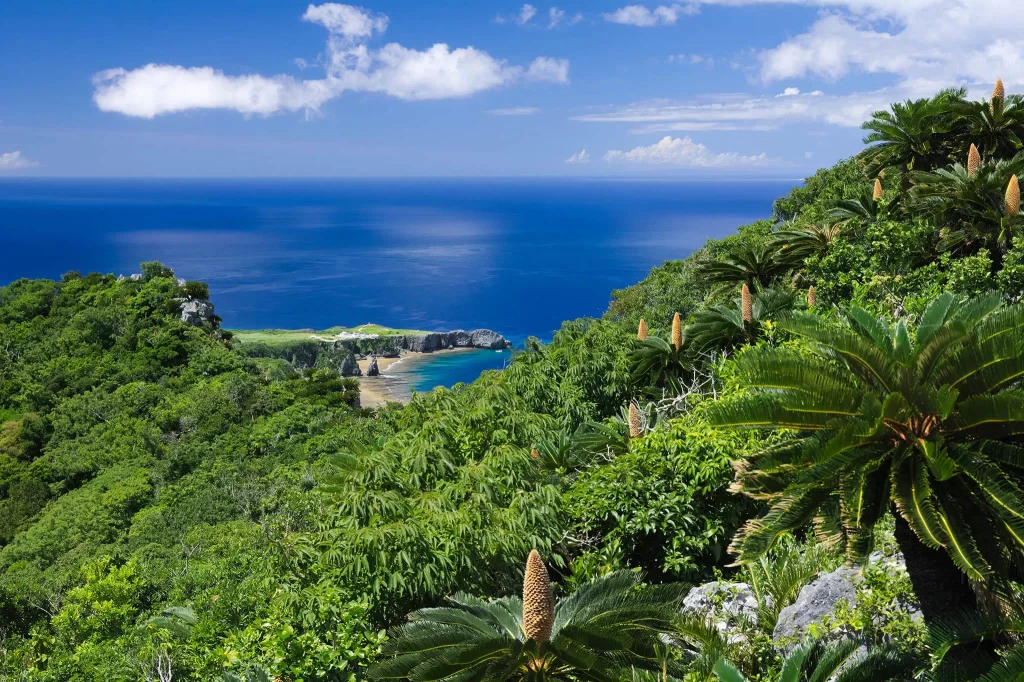
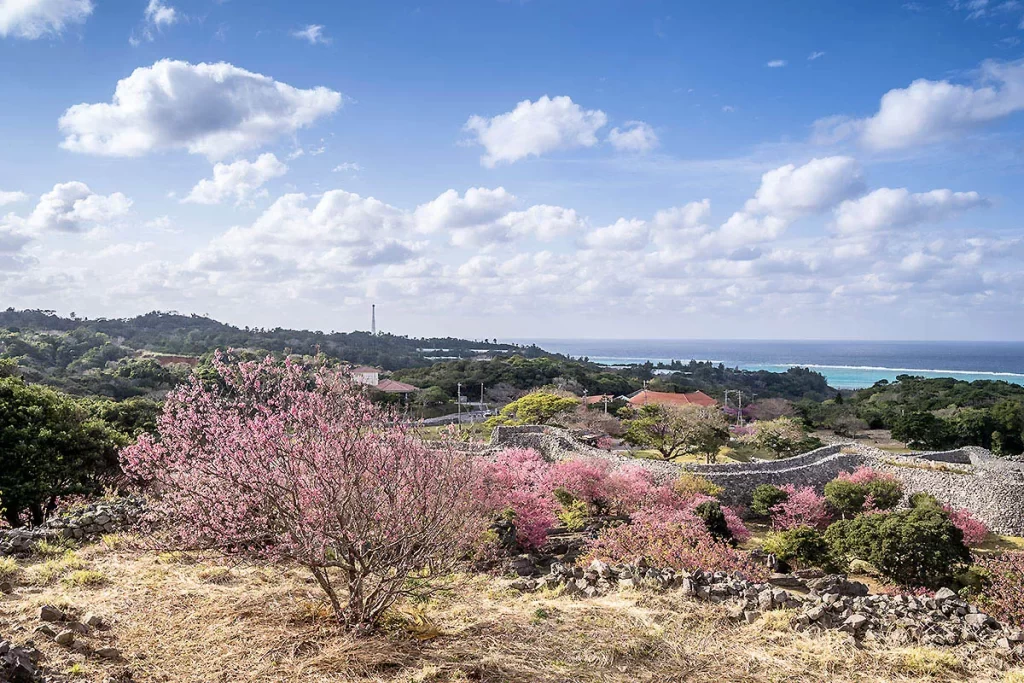
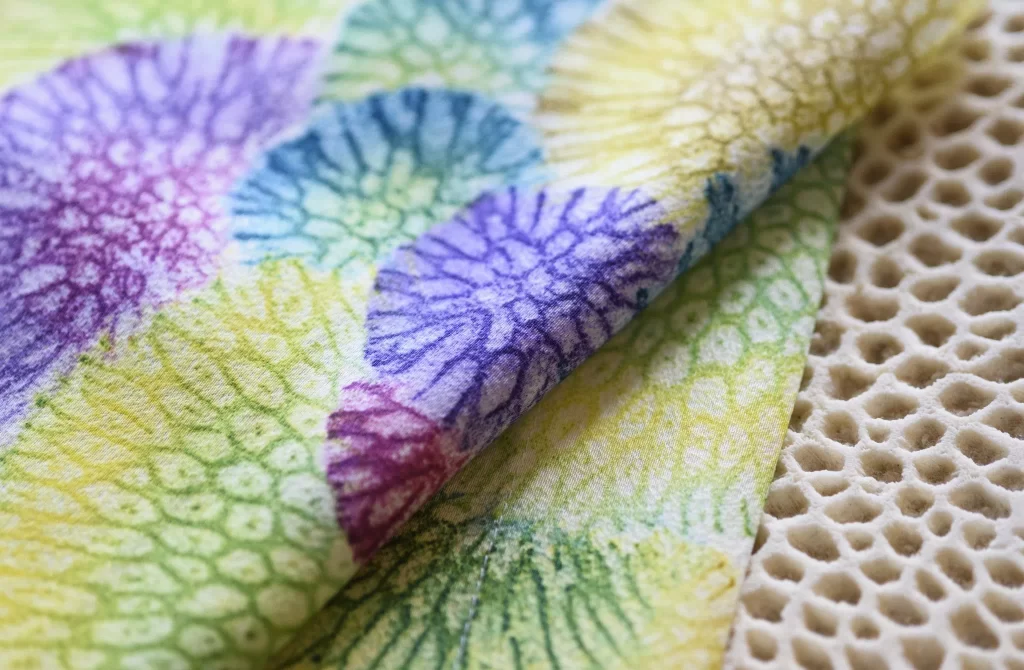

Text by Ludovic Touitou
Ludovic Touitou is a freelance writer, resident in Okinawa for 3 years.